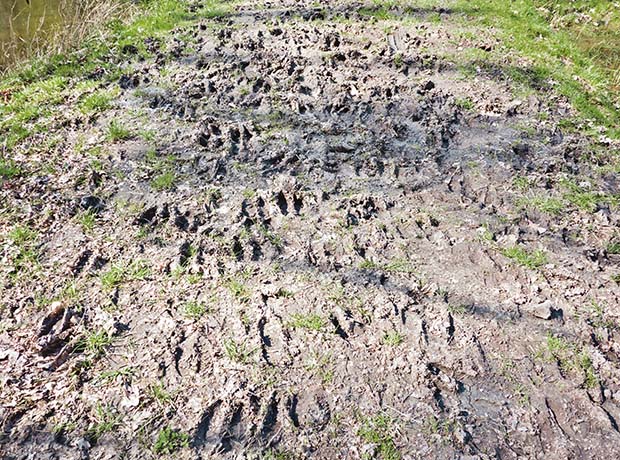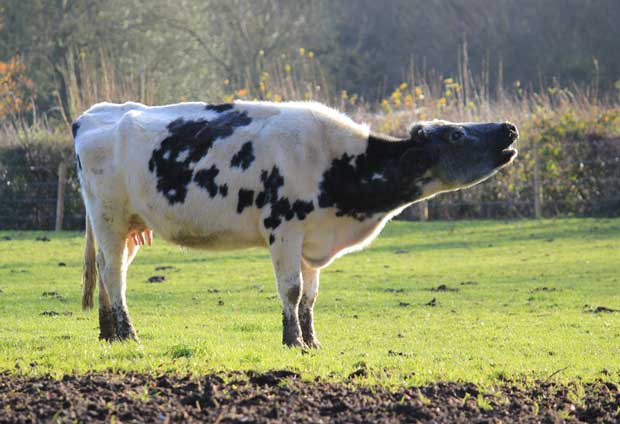11 ways to reduce pugging in your pasture

Pugging soil does enormous damage to it, reducing pasture yield by 20-80% for four to eight months, or longer if not remedied. Follow these tips to reduce the amount of pugging this winter.
1. Graze wet paddocks early in winter.
2. Paddocks that have a greater risk of getting too wet to be grazed without damage, should be grazed before the high risk part of the season.

3. The most effective grazing strategy, if pasture cover is high, is to allow stock onto pasture for 6-8 hours – this will supply the maintenance levels of feed required – then stand them off on a pad or in a paddock where damage to pasture means you are going to take remedial action anyway. If pasture quality is not good enough, you may also need to feed supplements.
4. Shift stock before daybreak and at the same time of the day if possible, as stock movements increase after daybreak, especially if stock are hungry.
5. Walk cows over the longest pasture.
6. Start grazing from the back of the paddock – back fence where cows have already grazed, and have sacrifice laneways down the sides.
7. Make breaks as long and narrow as possible.
8. Use a temporary back fence so cows aren’t walking back over previously grazed areas.
9. Aim to feed cows well as they will be more settled and walk less.
10. Feed out supplements like hay or silage on long grass, and/or under fences.
11. Feed supplements at night, when cows are naturally more settled, then let them out onto fresh pasture in the morning.
READ MORE
Love this story? Subscribe now!
 This article first appeared in NZ Lifestyle Block Magazine.
This article first appeared in NZ Lifestyle Block Magazine.
